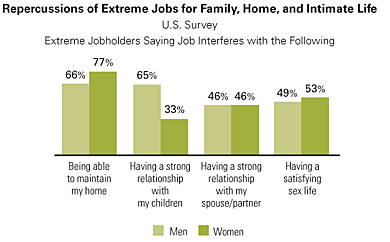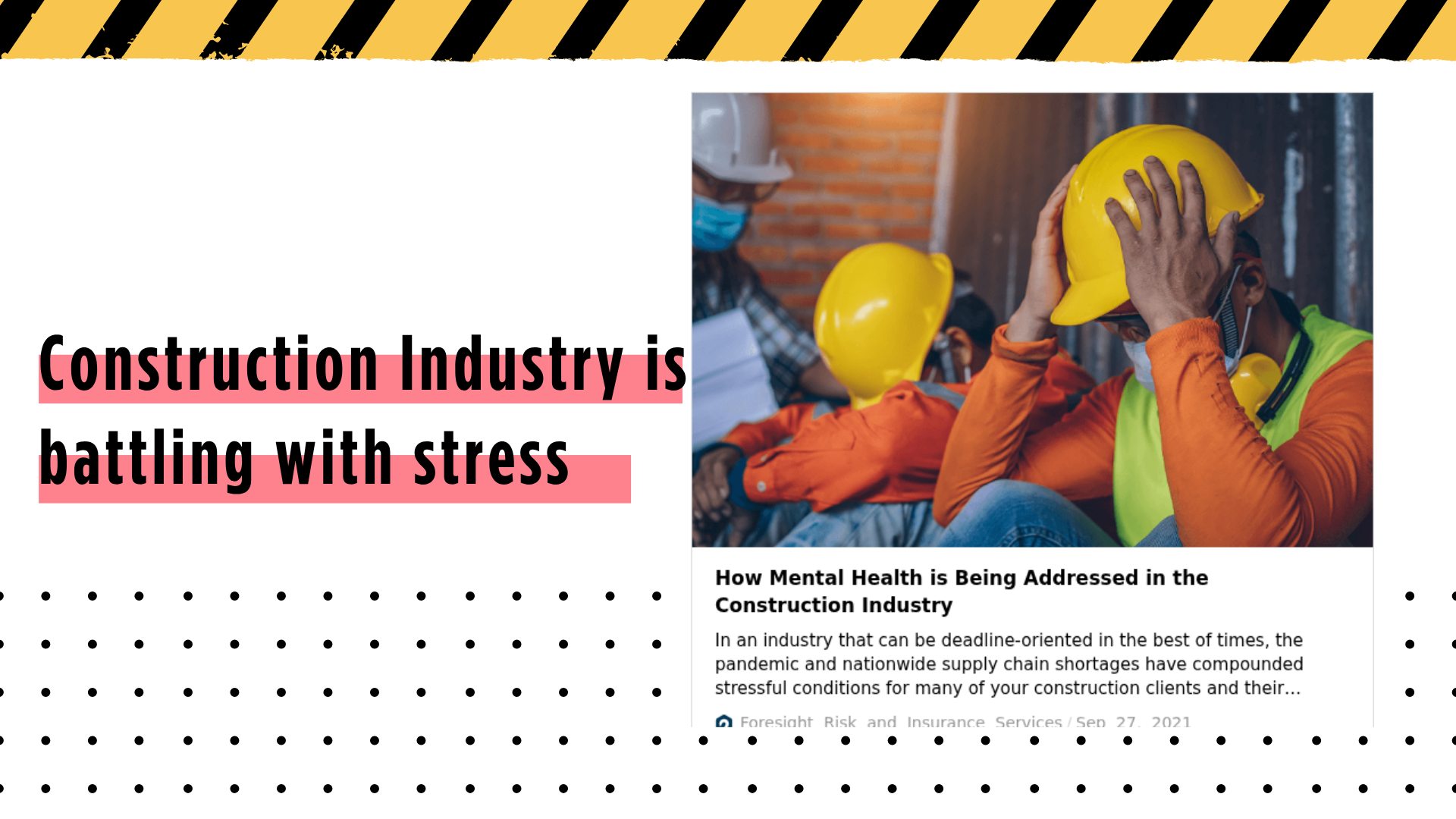Silicon Valley’s Wild New Obsession: The 996 Grindset
I came across this wild trend, and it really made me pause. A generation still recovering from the pandemic-era shift to remote work is now swinging hard in the opposite direction. Forget balance or flexibility; the new status symbol is grinding your life away.
Once upon a time, weekends in San Francisco were about brunch, bars, and Bay views. Today, for a growing cohort of AI startup workers, Saturdays mean pounding Yerba Mates in coworking spaces and coding until midnight. The latest badge of honor? Embracing the “996” lifestyle: working 9 a.m. to 9 p.m., six days a week, is a grind culture imported from China’s tech sector.
Job postings now openly demand 70+ hour workweeks. Ramp, a fintech company, even reported a spike in weekend corporate card charges for takeout, a sign that Saturday desk lunches are replacing Sunday brunches. Young founders wear it proudly. Why spend Saturday at the bar when you could be building your own company?
Big tech leaders are also fanning the flames. Google’s CEO floated a 60-hour workweek, and Eric Schmidt, the former CEO, argued that Americans must “make tradeoffs” to match China’s 996 pace. To them, long hours signal ambition, competitiveness, and alignment with the AI race.
But at What Cost?
In China, the 996 work schedule has been both glorified and condemned. After a 22-year-old collapsed and died following an all-nighter, Beijing banned 72-hour workweeks in 2021, though enforcement is spotty. Even there, some firms have scaled back over time, recognizing that relentless hours do not just fuel innovation, they can destroy it.
Research confirms these risks. Productivity plummets after 55 hours per week, while risks of cardiovascular disease, depression, and chronic stress skyrocket. Overwork narrows the pool of participants, pushing out parents, experienced professionals, or anyone managing health issues. Ironically, 996 risks creating a monoculture, as diverse perspectives often spark true innovation.
The Productivity Paradox
996 is becoming a cultural signal. For some, it screams grit. For others, it is Silicon Valley ignoring China’s cautionary tale. The real test is not how fast you can sprint but whether you can build something that lasts.
The idea of glamorizing overwork is not new. In fact, Sylvia Ann Hewlett and Carolyn Buck Luce’s classic Harvard Business Review article, Extreme Jobs: The Dangerous Allure of the 70-Hour Workweek (2006), mapped out why high-performing professionals often push themselves to extremes. Their research found that extreme jobs aren’t just defined by hours, but by a combination of factors: relentless deadlines, global travel, 24/7 client availability, and shrinking administrative support. In many ways, construction managers already live inside that definition.
“Extreme work feels like adrenaline today — but it can hollow out your workforce tomorrow.”
What’s striking is the paradox Hewlett and Luce uncovered. Most extreme job holders admitted the pressure was partly self-inflicted, tied to Type A personalities. And yet 66% in the U.S. sample — and 76% in global companies — said they loved their jobs. Overwork became not just tolerated, but exalted, like a badge of honor. That’s the same mindset fueling Silicon Valley’s 996 culture: turning long hours into a symbol of grit and ambition.
But the costs are undeniable. Hewlett and Luce reported that nearly 70% of extreme job holders believed they’d be healthier if they worked less, while more than half admitted it hurt their relationships with spouses and children. Women and caregivers faced even tougher barriers: only 20% of extreme jobholders were women, and many mothers simply could not (or chose not to) play the extreme-work game.
Can Construction Afford a 996 Culture?
Here’s where it gets personal: construction already sits on the burnout cliff.
A 2024 study using Glassdoor reviews found construction had the third-highest burnout score, after restaurants and logistics. Common themes in construction employee reviews include long hours, stressful work, and overwhelming demands.
The University of Cambridge study (2024) reinforced this with a global lens:
70% of construction workers said their jobs were moderately to extremely stressful.
80% reported that stress hurt their performance.
75% said it harmed their personal lives.
Burnout hits every layer. VoiceNation’s 2024 survey found that burnout was highest among middle managers (76%) and C-suite leaders (74%). In construction, that maps directly to superintendents, project managers, estimators, the people squeezed between executive pressure and crews already under strain.
Advocates of 996 argue that more hours mean faster results. But in construction, piling on hours often backfires in ways unique to the industry. Unlike software, where a late-night bug fix can be patched, mistakes on a jobsite come with steel, concrete, and safety risks. Fatigued superintendents miss details, mis-sequenced crews cause delays, and rushed decisions create rework that erases any “extra” progress made by longer shifts.
Worse, the industry is already in the throes of a skilled labor shortage. Normalizing 70-hour weeks would only push more workers to leave—accelerating the very problem leaders are trying to solve. This is what makes 996 especially dangerous for construction: the sector is talent-constrained, not just time-constrained.
As Hewlett and Luce warned, extreme work may look exhilarating in the short term, but over time it erodes the health of individuals, the stability of families, and the resilience of organizations. For construction, that erosion translates directly into higher turnover, safety incidents, and lost expertise—costs the industry cannot afford.
My Thoughts
I take trends with a grain of salt. What’s glamorous today can fade tomorrow, and what feels exciting for a handful of startups right now might not stand the test of time. So I always ask: what phase of life am I in, and is the tradeoff really worth it?
If you are like me —single, with no kids, and fewer family responsibilities —my advice is simple: go all in. When your work genuinely fuels you, 70-hour weeks of deep, focused effort can feel less like a grind and more like a creative sprint. That is where some of the most significant breakthroughs occur.
But let’s be clear: 996 is not cool just because it is trending. Do not glamorize it.
The smarter move is to cut the waste. Look at the redundancies in your daily tasks, streamline workflows, and use technology and resources to free up bandwidth. The goal is not just to work more, but to work efficiently, so the output is high in both quality and quantity.
The Cambridge study mentioned above also revealed effective coping strategies. Workers who connect with colleagues, family, or mentors tend to build resilience, whereas those who “block out” stress often spiral into helplessness. As Dr. Olivia Remes put it -
“Resilience grows when people feel safe to share challenges”
996 might fuel the AI gold rush, but for construction, already battling some of the highest burnout levels in the world, it could be catastrophic. The real challenge isn’t whether we can keep pace with growth—it’s whether we can protect and sustain the people who build it.


